5 Ways to Ensure Your Hiring Process is Inclusive
As a result of one of the biggest Civil Rights movements in history this summer, white business owners are adjusting how they think about and approach hiring.
I’ve been doing the same, asking myself whether my hiring process is inclusive to diversity, and where there are inherent holes due to my whiteness.
However, as I continue to learn more, I recognize the importance of fixing those holes. Not as some checkbox of compliance, but to make sure my business is serving (and not actively hurting) the wider, more inclusive community I intend it to.
Race, gender identity, religion, and socio economic background are just a few of the many forms of diversity. And for the purpose of this article, we are mostly referring to racial diversity because it continues to be the most relevant of our times and the most prominent in hiring discrimination.
The bottom line: If you want your team to be diverse and inclusive, you have to start with the hiring process.
However, the challenge with most diversity and inclusion resources available is that they are intended for large companies with board rooms and billion-dollar budgets.
But what about white online business owners?
The intention of this article is to be a starting point for bridging that gap and providing resources relevant to white-owned small businesses who intend to build more inclusive teams going forward.
The 5 ways to really be more inclusive in your hiring process.
Inclusivity begins with every single piece of your hiring process and making it as accessible as possible for ALL candidates. Here are 5 ways to actively and thoughtfully be more inclusive when hiring.
1. Broaden your applicant pool.
Industrial and organizational psychologist Tianna Tye puts it really simply: “Broaden your applicant pool.”
Does everyone who applies look like you? Then, it’s your job to get your job posting in front of more eyes. Posting on LinkedIn, inside Facebook groups, to your social media and to various hiring forums can broaden the amount (and types) of people who see and apply to your position.
Instead of saying you prefer to hire a WOC or BIPOC, post your super attractive job posting in a variety of places.
The truth about finding freelancers is that if you have a really attractive job posting, you will attract the best talent.
2. Get rid of cover letters.
In White Fragility, Robin DiAngelo discusses the fact that standards within our culture, including what’s considered “professional,” default to white standards.
Cover letters inherently set up people of color to fail more often than white people. In career settings, it means they’re statistically less likely to get the job.
The other problem with cover letters is that every candidate says something different. They can’t accurately measure one candidate’s strengths against another’s because they’re talking about totally different things.
It might sound extreme or even unconventional but the best way to deal with these problems is to get rid of cover letters altogether.
Instead of requesting a cover letter, ask all applicants to respond to the same three to five questions about why they’re best for the position and what their Zone of Genius is.
3. Pay less attention to resumes.
More and more, resumes are becoming less relevant because they can’t fully capture what someone does, especially in a gig economy.
Remember the standards of professionalism are based on white standards. And recent research demonstrates how POC intentionally “whiten” their resumes so that they have better chances of getting an interview.
Ultimately, it doesn’t matter what a resume looks like… what fonts are used, where there are colors incorporated. The design and format of a resume really only tells you how good a person is at putting together a resume. It says nothing about whether they can do the job.
As a hiring expert, I actually really like to see freelancers with websites. To me, that is far more professional than the format of the resume or even what’s in their LinkedIn profile.
It’s still a good idea to check out the resume, but focus more on the information it contains than its format. For example, if the candidate is a writer, have they had any writing jobs?
4. Ask for a work sample.
Instead of relying on a resume, ask for a work sample to demonstrate whether or not the candidates can do the kinds of tasks you’re looking to outsource. Work samples give you a much better indicator of whether the candidate is going to be a good fit for you.
Make sure the work sample is relevant to the position you’re hiring. It wouldn’t make sense to have a writer design pins in Canva but it would be relevant to have them do a bit of writing and editing.
Aim for an activity that would take about 15 to 20 minutes to complete. Remember, you aren’t paying them for this work, and you can’t use what they produce unless you pay them.
The biggest benefit of asking for a work sample before you conduct interviews is that it helps you filter through the applicants and see who’s qualified, based on their work, to interview.
5. Conduct interviews by phone or audio call.
Conducting interviews by either a phone or audio call allows you to focus more on what the candidate is saying and not getting distracted by their appearance or their workspace. Another benefit is that you don’t have to worry about yourself or your office either.
Plus, many of the traditional standards of professionalism aren’t even relevant to freelancing or creative entrepreneurship. As a freelancer, it doesn’t matter what she or he wears to work or what their office space looks like.
Resources around diversity and inclusion when hiring freelancers
Below is a list of additional resources that can help white online business owners navigate hiring more inclusively:
